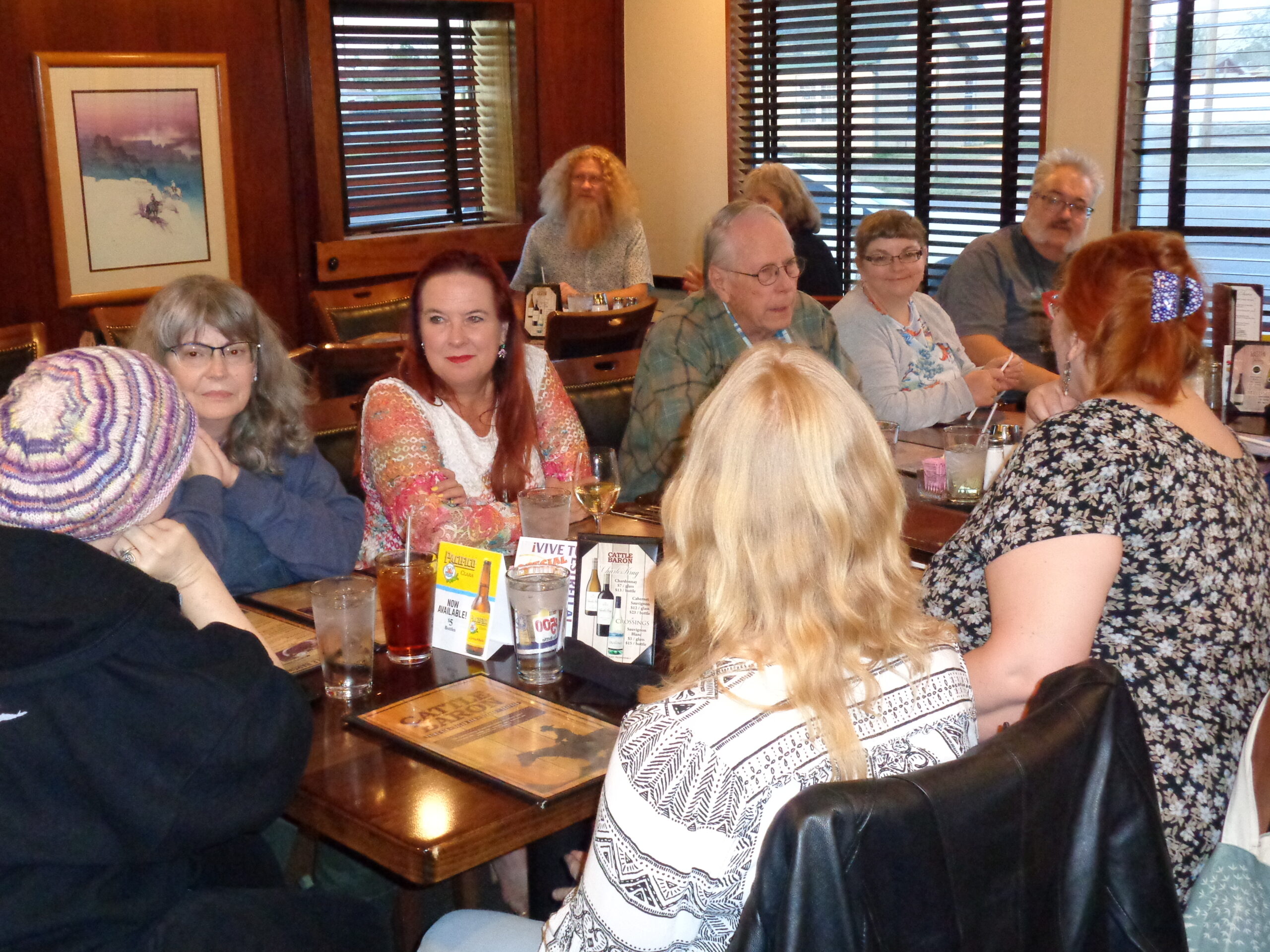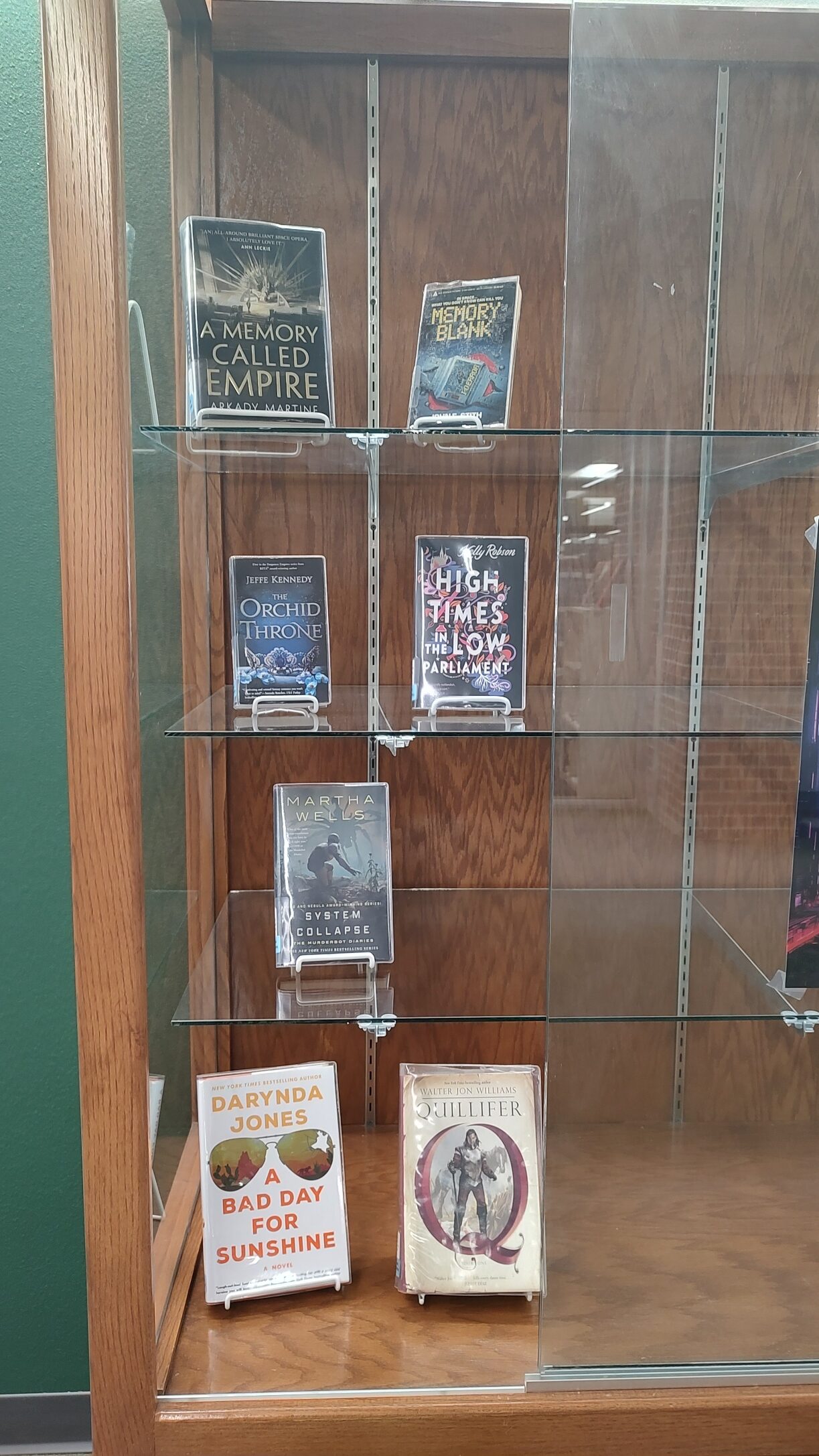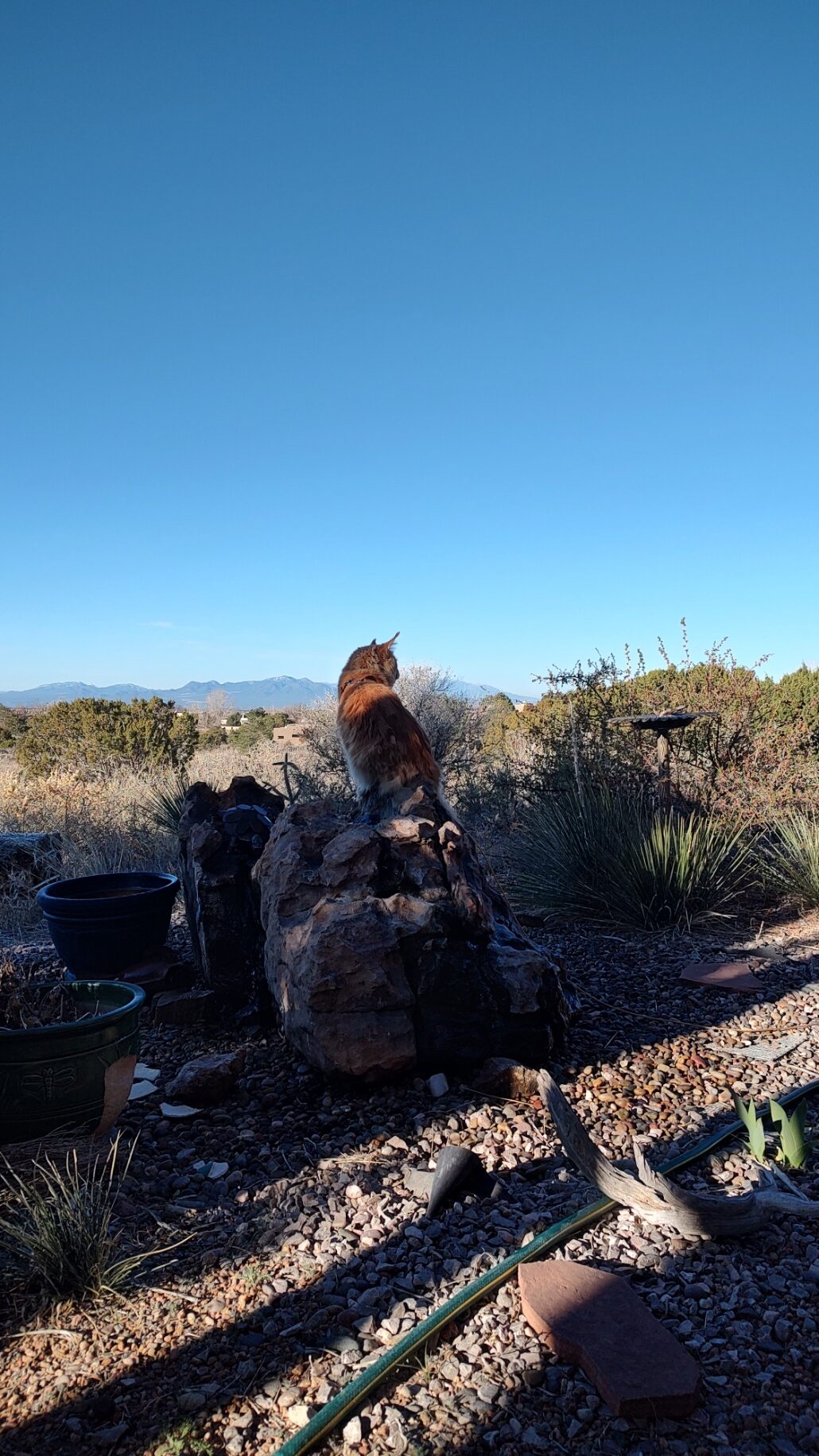I’m back from Apollycon and giving my wrap up. I got AMAZING news there, but – fair warning – I can only tease it for now. Otherwise giving my take on the event, what was great, trends I saw, and some of the lovely people I met.

RITA ® Award-Winning Author of Fantasy Romance

I’m back from Apollycon and giving my wrap up. I got AMAZING news there, but – fair warning – I can only tease it for now. Otherwise giving my take on the event, what was great, trends I saw, and some of the lovely people I met.



This week at the SFF Seven, we’re talking about our revision process.
I’m running behind, as I seem to eternally be doing these days, and posting this a day late, but I feel it’s important to talk about my revision process to dispel a huge myth about intuitive writers. I feel strongly enough about making this case that I’m using the term “Pantsing,” which I almost never use.
(As an aside, the reason I don’t like that term is that it comes from “to fly by the seat of your pants,” which implies a lack of control that I think comes from the pre-plotting end of the spectrum. Writing without outlining beforehand does not mean having no control of the story. It also doesn’t mean that intuitive writers don’t plot. All writers plot; otherwise there wouldn’t be a story. The difference lies in whether we determine the plot before writing or during it.)
A consistent message I hear from those espousing pre-plotting is that writing a book without creating an outline first leads to many blind alleys, cutting huge chunks of prose, and spending even longer on revision. While this can be true of some writers – which is fine! Figure out what your process is and own it, I always say – this is not true of me.
Intuitive writers like myself have often internalized story structure. We know how to write the novel without resorting to external guideposts like an outline. I also think that I draft faster by writing intuitively, by submersing myself in the creative flow of the subconscious. It takes me typically 55-60 working days to draft a novel of 90-100K words. Then I spend about 14 working days revising. I typically cut 1-2K words in revision and add ~10K.
Explaining everything I do in revision would take longer than I have in this blog post, but in essence, my process is this:
And that’s all she (I) wrote!

Owning your process and still being open to learning from what others do to sustain productive creativity and aggressively refill the well. Some data on BookBub Featured Deals and release strategy, too.


An update on the release of RELUCTANT WIZARD and teasing the upcoming cover reveal! A bit on how traditional publishing works. Also thoughts on Taylor Swift, being a “real” Swiftie, and why I use her to teach voice.


A round-up of the wonderful weekend at the Jack Williamson Lectureship, including connecting with other authors, sharing advice and stories, and how all of that refills the creative well.


A special podcast today with fabulous author of fantasy, science fiction, and horror: Kelly Robson! We talk about the definition of fantasy vs. other SFF genres, tone, theme, choosing subgenre, and the difference between writing novels and shorter works.


Shaking my cane today at the concept of being “yanked out of a book” by something or other and in particular by what someone thinks is “not fantasy language.” Spoiler: there is no such thing as fantasy language and I’ll tell you why.



This week at the SFF Seven, we’re talking about the top tricks in our given writing programs.
I don’t use a fancy “writing program.” I use Word, which I begrudgingly moved to when WordPerfect was murdered. It works great for me. No bells and whistles. I write linearly from beginning to end and don’t need extra functions to annotate or move scenes around. Cut and paste works great for this simple gal. I do modify Word to show me the ongoing word count in the lower left corner, but otherwise, I don’t have a lot of tricks.
EXCEPT…
This is my top #protip for using Word. It’s been the best discovery ever and has saved me loads of time and headaches. Ready?
Use the in-program dictionary to autocorrect your weird fantasy words.
Seriously, smartest thing I ever did.
For example, in my Twelve Kingdoms world, there is the sailing ship named the Hákyrling. I can never remember how I spelled it (major fantasy-writer peril), nor where I put the stupid accent mark. (WHY DID I USE AN ACCENT MARK??? It’s not necessary. It just makes everything more difficult. Anyway…) So, I added Hákyrling to the dictionary – which is easy, right click on the word and choose “Add to Dictionary” – and then I went into the autocorrect options and added that if I type “kyr” Word autocorrects it to Hákyrling. With italicized formatting. Boom. Done. That easy.
I have done this for many of my more complex/obscure fantasy names and words. The trick is to pick a shortcut that 1) you can easily remember, and 2) you don’t otherwise type.
Go forth and use this trick, young fantasy writers!

Advice on how to understand and become a part of the writing and publishing ecosystem, including how to know who’s giving good advice and a bit on understanding traditional publishing and the associated math.


April Fool’s Day and the cruelest prank I ever witnessed, my favorite reader compliment to get, and how author ROI varies depending on short or long term. Also, Clifton Strengths, Becca Syme, and what I’ve learned about Connectedness.
